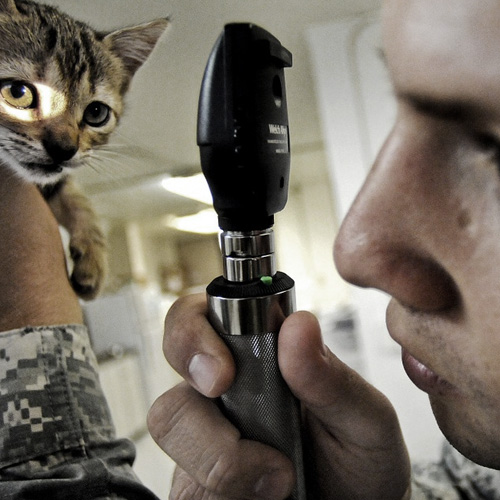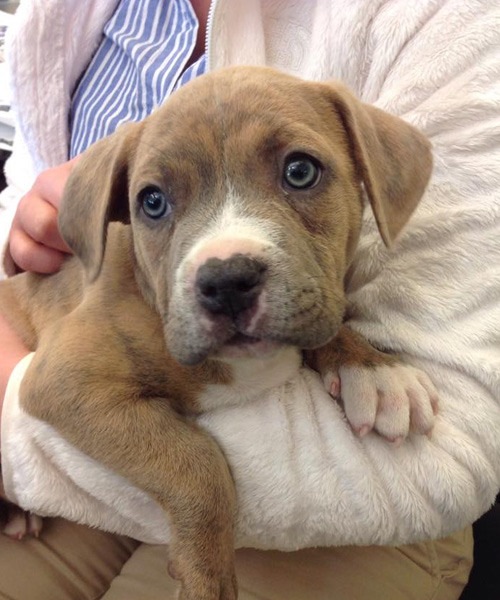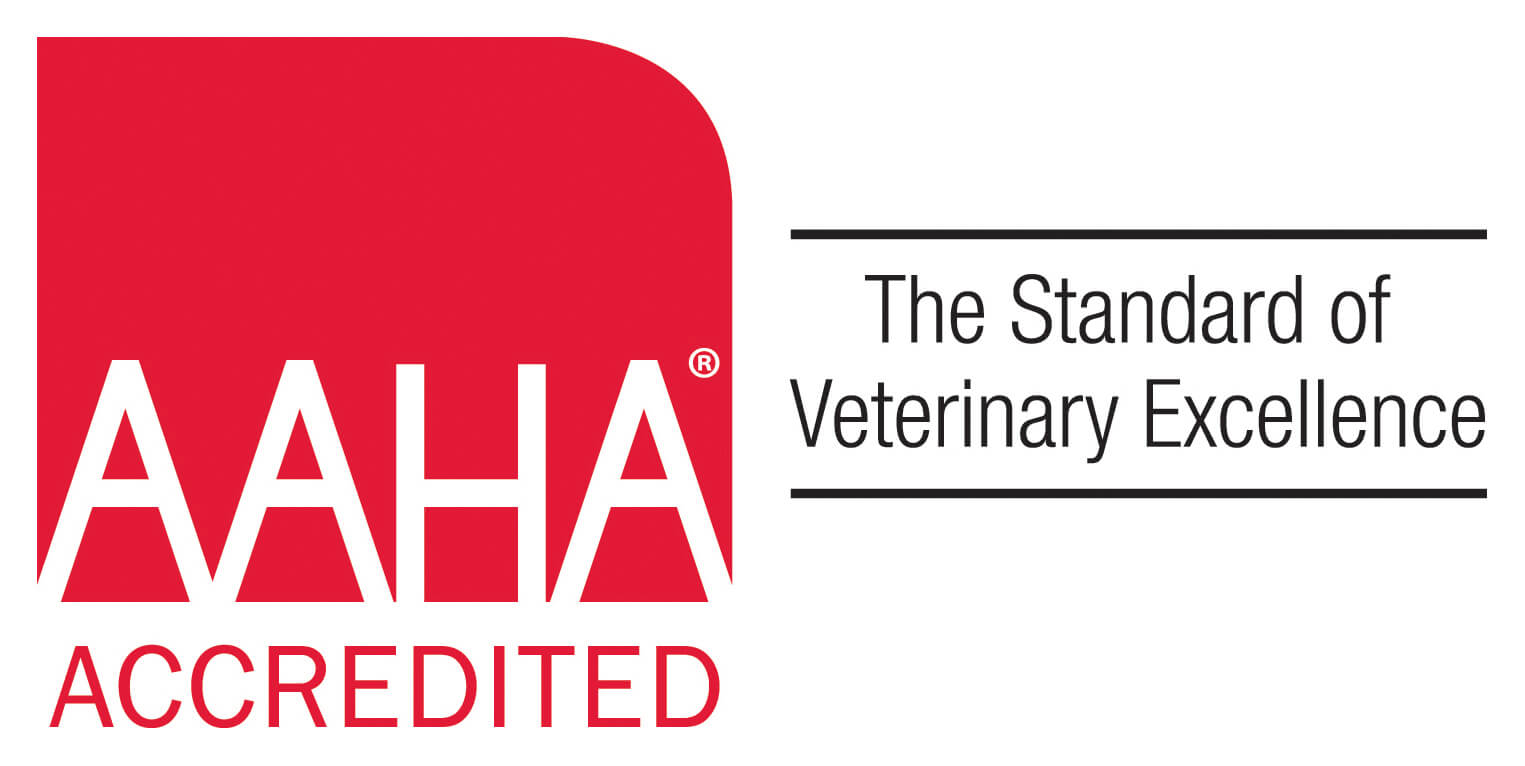OPHTHALMOLOGY
OPHTHALMOLOGY
Ophthalmology
Both cats and dogs are effected by many ocular problems. If you think your pet has a problem with their eyes or vision it is critical to have them examined immediately. Eye problems and diseases can progress quickly (overnight) and may result in loss of vision if a visit is postponed.
Common signs of Eye problems in your pet include:
1. Squinting or holding eye shut
2. Rubbing or pawing at the side of the face
3. Red or blood shot eyes
4. Excessive tears
5. Excessive eye discharge
6. Decreased appetite or decreased energy
7. Cloudiness to the eye.
8. Changes in vision – running into things, staying close to you, walking along walls
9. Changes in the size of the eye – either bigger or smaller.


Common signs of Eye problems in your pet include:
1. Squinting or holding eye shut
2. Rubbing or pawing at the side of the face
3. Red or blood shot eyes
4. Excessive tears
5. Excessive eye discharge
6. Decreased appetite or decreased energy
7. Cloudiness to the eye.
8. Changes in vision – running into things, staying close to you, walking along walls
9. Changes in the size of the eye – either bigger or smaller.
Below are common tests performed at the hospital for eye problems:
Schermir Tear Test:
Schermir Tear Test measures tear production. A small strip schermir of papered is place between the lower eye lid and the eye to measure the amount of tears. This test takes 60 seconds , in human ophthalmology this test is also performed but can take 5 or more minutes.
Flourescence Stain:
Flourescence Stain tests for imperfections on the cornea (the clear front part of the eye) to determine if an ulcer or scratch is present. It is important to make sure there are no defects in the eye before any steroid medications are placed in the eye.
Intraoccular Pressure:
Inreaoccular Pressure measures the pressure inside the eye. These pressures change due to the fluid inside the eye An increase in eye pressure is called Glaucoma.
Corneal Ulcer and scratches
– Cataracts
– Cherry Eye (prolapsed third eye lid gland)
– Dry Eye (Keratoconjunctivitis sica)
– Glaucoma
– Feline Upper Respiratory Disease and conjunctivitis
Corneal Ulcer and scratches
Corneal problems are common in dogs and cats, and require immediate treatment and multiple rechecks. DO NOT DELAY an appointment if you are concerned your pet has an ulcer. The cornea is the clear part of the front of the eye. A defect in the epithelium , or thin “skin “, over the cornea results in an ulcer. This defect may be a result of a scratch, rubbing, decreased tear production, or possibly a problem with the epithelium staying attached to the cornea. In many cases, we don’t know why the ulcer has occurred, but treatment is usually the same. The aggressiveness of the treatment depends on the depth, the size and the duration of the ulcer. Minimally, medical treatment will be required including antibiotics and pain medication. Severe or delayed healing of ulcers may require a surgery for proper healing.
Boxer dogs are notorious for a delay in healing of ulcers to the point of earning their own name, Boxer Ulcers (also known as indolent ulcers). These ulcers may take 3-6 weeks to heal.

Conjunctivitis is the swelling and redness of the tissue around the eyes. Causes include bacteria, contact irritation (such as shampoos or pollens), bad positioning or location of hairs contacting the eye, dry eye, as well as many more. With so many causes, typically we do not know the initial cause of the irritation. A stain is used to ensure there is not a corneal ulcer and a tear test may be done to make sure there are enough tears so that appropriate medication can be selected.
Cataract is the condition of a hardening and opacity to the lens. The lens is responsible for focusing vision. Causes of cataracts include damage/trauma to the lens, diabetes, continued inflammation, toxins and many others. There are no medications to date for the treatment of cataracts but surgery is available through a board certified veterinary ophthalmologist. Untreated cataracts may lead to inflammation in the eye (uveitis) or glaucoma. Please watch the video provided by the American College of Veterinary Ophthalmology link below for more information on cataracts and cataract surgery.
Cherry Eye (Prolapsed third eyelid)
Dogs (and cats) have a third eyelid, which starts at the inner corner of the eye. Associated with this lid is a gland that is responsible for producing tears. In some young dogs the gland will protrude out (or prolapse) causing inflammation and infection. This looks like a red ball or swelling on the middle lower part of the eye. It will lead to infection, swelling, irritation, possible vision impairment, and if left untreated can result in dry eye. One or both eyes may be effected. Resolution of this problem requires a surgery, but first inflammation and infection have to be treated with topical medication. The surgery entails making a new pocket for the gland to sit. A pet that has had a cherry eye is at a higher risk of developing dry eye (KCS).
Dry Eye (Keratoconjunctivitis sica, KCS)
Keratoconjunctivitis is due to a lack of natural tear production resulting in a dry, irritated eye, which is more prone to develop infections and corneal ulcers. Initially you may notice increased thick discharge, redness, and discomfort. Signs typically progress to small blood vessels in the cornea and dark pigment in the cornea. Progression of KCS can cause a decrease in vision. Few cases of KCS will have a return of normal tear production with medical treatment, however most cases will require LIFE LONG medication to the eyes. The condition typically will start in one eye but will eventually affect both eyes. Chronic allergies, certain drugs, nerve damage, hypothyroidism, diabetes, Cushing’s disease are a few of the causes of the condition.
Glaucoma
Glaucoma is a condition of increased fluid in the eye resulting in increased eye pressure. The eye structure and health is reliant on proper hydrostatic pressures and increased pressure causes severe pain, increase size of the eye, redness, a blue cloudiness to the cornea, movement of the lens, and blindness. Glaucoma is a difficult disease to manage medically. Several medications are typically used to try to control eye pressure and require 2-3 applications a day as well as frequent rechecks of the pressure.
Feline Upper respiratory disease and conjunctivitis.
Kittens area exposed to several diseases that can cause sneezing, runny nose, and redness to the eyes. The agents responsible for this are: feline mycoplasma, Fleine Clamydia, and Feline herpes virus. Mycoplasma and Chlamydia respond well to antibiotic therapy. Feline Herpes Virus is very common in the cat population and virtually all cats have been exposed to the virus. The virus can remain dormant, or hibernate in the cat and then reemerge during periods of stress. The disease in cats acts very similar to cold sores in people in that there is a sore, or eye infection, it clears, and will come back when there is stress. FELINE HERPIES VIRUS IS NOT TRANSMITTED TO HUMANS, so don’t worry about getting this disease from your cat. Unfortunately, there is not a cure for herpes virus, but medication is used to treat recurrent infections and a daily supplement is given to help reduce the number of infections.




